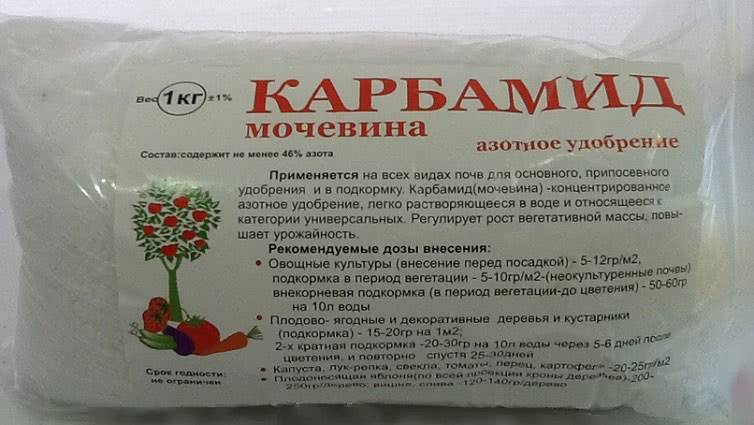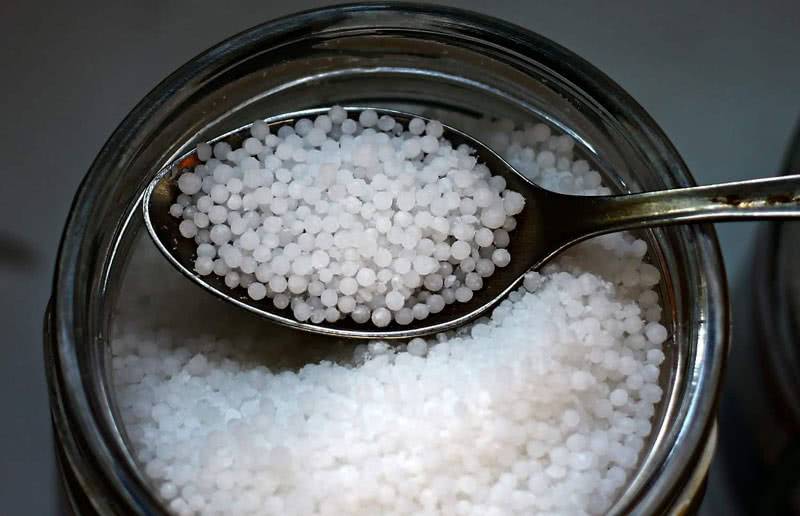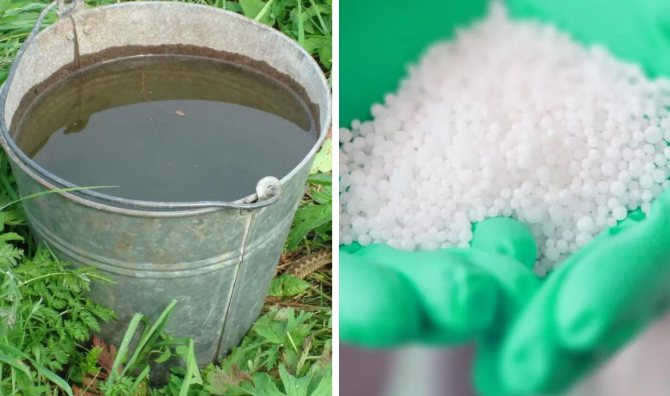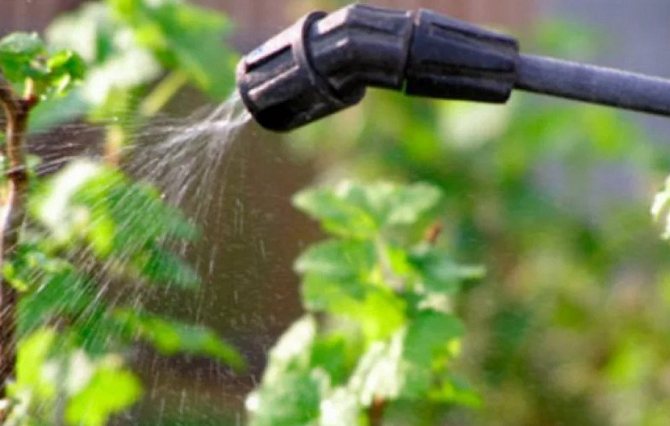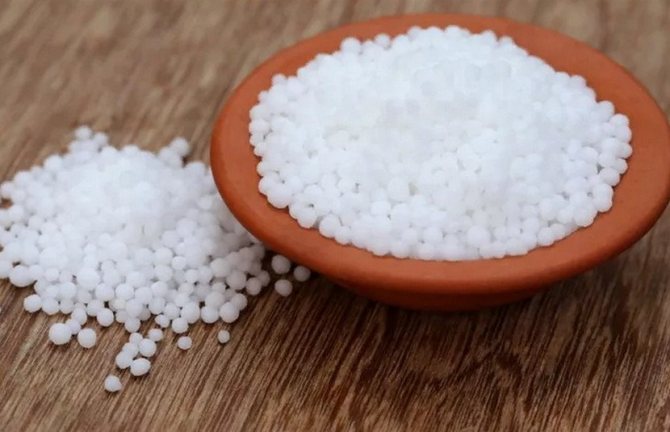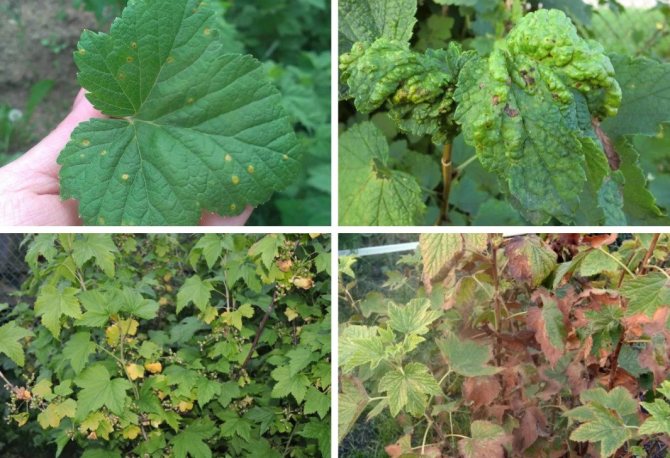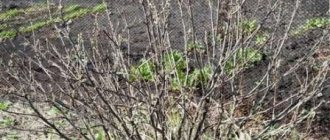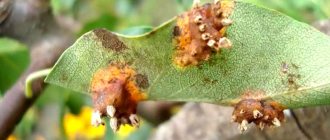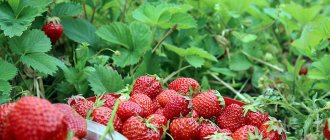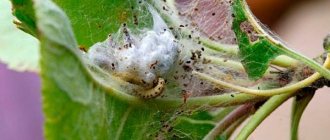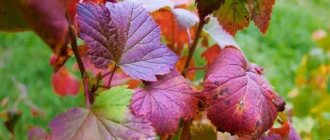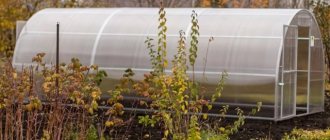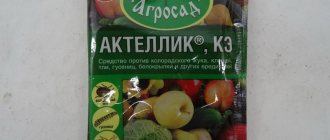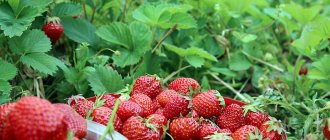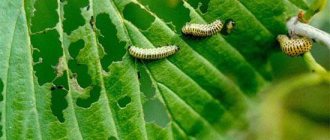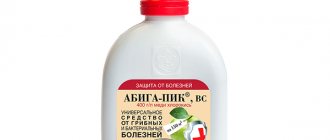Every gardener dreams that fruit and ornamental trees and shrubs look well-groomed, are healthy, and also please with an excellent harvest. All this is possible if you prepare correctly for the upcoming season. All trees need pruning, whitewashing, and spraying, which is carried out in early spring. The spraying procedure is one of the most effective ways to defeat pests in the garden and prevent the possibility of plant diseases developing. One of the best remedies is carbamide (popularly known as urea) in combination with copper sulfate. It is necessary to figure out how to properly treat trees and bushes with urea, what are the dosages for diluting the product, what are the spraying times, and also what is the green cone treatment.
Urea as a fertilizer for the garden
Like any other nitrogen-containing fertilizer, urea is essential for all plants. But most often trees and shrubs are treated with it. Nitrogen directly affects the growth rate of fruits - berries and fruits. If this element is not enough, then the green mass will be processed less than necessary. The plant also does not develop in height, the fruits become smaller, the color of the leaves is less pronounced.
Plants can get nitrogen from air and soil. But often its concentration in such cases is too low, and additional application to the soil and treatment of the garden with urea is recommended. When the compound enters the ground, chemical reactions transform into ammonium carbonate in a few days. There is an important element in this reaction - the vital activity of soil bacteria, which makes such a process possible.
The new compound will be easily taken up from the soil by the plants, without any side effects. At the same time, the treatment of trees and shrubs with urea will prevent the development of infectious diseases and the attack of insect pests.
Soil application
Under perennial shrubs and fruit trees, carbamide is applied in the form of a concentrated solution. For apples and pears, a solution is used at a concentration of 200 grams per bucket of water, and for cherries, plums and apricots - in a proportion of 120 grams per bucket of water.
Plants are fertilized with a liquid composition in moist soil. In dry form, urea is applied to prepared areas intended for digging or deep loosening. However, digging must be carried out in a short time, otherwise the fertilizer will evaporate, turning into ammonia.
The decomposition time of urea is only two to four days.
Saving time and effort, some summer residents scatter carbamide in the garden and in the garden on the snow in the spring. This method is completely ineffective, because the fertilizer is quickly washed off, evaporates, and the nitrogen does not have time to reach the root system of the plant. As a result, unnecessary expenditure of time, effort and money, and the plants - nitrogen starvation and poor harvest.
Signs of nitrogen starvation: plant growth slows down, leaves turn yellow. Urea is applied as a fertilizer for trees and shrubs with colorless and small leaves, short and thin branches. Early shedding of foliage indicates a lack of nitrogen, this usually manifests itself in the spring, when underdeveloped buds form on the trees.
A solution of urea is used for fruit, berry crops and perennial plantations. Having previously dug holes or trenches around the plant, fertilizing is added to them and immediately poured into it, this will prevent the evaporation of substances. Timely treatment from pests and top dressing ensures soil fertility, a healthy garden and a rich harvest.
If garden crops lack nitrogen, they grow poorly and their foliage turns yellow and curls. In severe cases, a critical drop in yield is observed with early shedding of fruits.
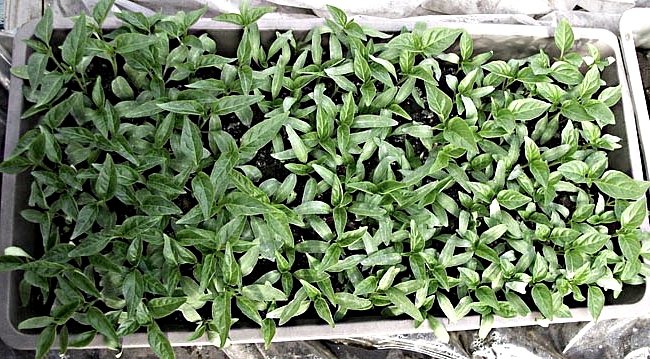
You may be interested in:
There are several dosages of urea that are used in the treatment of the garden and vegetable garden with urea:
- potatoes, onions, tomatoes, all types of cabbage, peppers - from 20 to 25 g per 1 m2;
- cucumbers, all types of legumes - from 5 to 8 g per 1 m2;
- gooseberries - 10 g of substance per 10 liters of water;
- blackberries, strawberries, strawberries - 35 g of carbamide per 10 liters of water (1 liter of solution for each bush);
- for zucchini and eggplant, you will need from 10 to 12 g of urea per 1 m2;
- for currants - 20 g per 10 liters of water.
Indications for the use of urea
Urea is recommended to be used as the main fertilizer on all types of soil and under a variety of fruit and berry plantings and vegetable or green crops in the garden. As a rule, urea is used in the following cases:
- nitrogen starvation, which is manifested by lagging behind in growth and development, yellowing of leaves, weak flowering, absence of ovaries;
- insufficient fruit formation, as well as a deformed appearance of the fruit or their shedding.
Garden processing and feeding of garden crops should be carried out in the morning or evening hours. The standard instructions for the preparation of the solution involves the dissolution of 30-40 g of urea in 10 liters of water. Application features, consumption rate depend on the type of soil.
Inspection and stripping
In the earliest spring, preferably before the snow melts, inspect your garden and carry out the following activities:
- Inspect the condition of the trunks of fruit trees for bark peeling. Clean damaged areas with a metal brush;
- Examine the condition of the branches of berry bushes. In early spring, before the buds swell, spill the near-stem part of the shrubs with boiling water (+ 70-90 ° C,);
- To reveal the presence of nests of overwintered insects, large cracks, hollows usually serve for laying eggs of harmful insects for the winter. All this must be cleaned out and liquidated (burned).
Pruning a garden
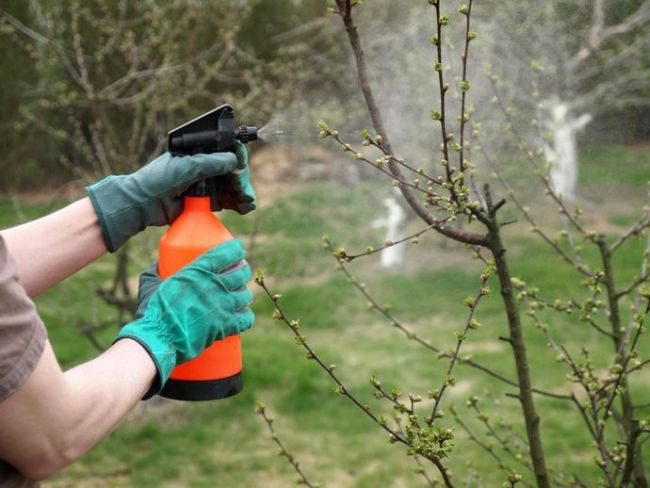

Pruning is carried out in early spring, before the sap flow of plants. It is necessary:
- Carry out either sanitary or aesthetic pruning of the crown of trees and shrubs;
- Buy a new good pruner - the gardener's main working tool;
- It is necessary to use a well-sharpened garden tool - secateurs and loppers, to avoid biting twigs and torn pruning;
- Treat the pruning sites with garden pitch. Currently, garden var is produced in aerosol form, which makes it convenient to use.
Cleaning of crop residues
- The main cleaning of the fallen leaves must be carried out in the fall, not left in the winter. Fertilized female insects - pests go into the soil and hibernate there under fallen leaves, plant debris, falling into diapause, withstanding temperatures down to -30 ° C. Leaving foliage and debris is also a favorable wintering environment for rodents.
- In the spring, carefully remove the remnants of foliage, cut and fallen branches.
We advise you to read these articles:
Seed treatment with epin before sowing
Pruning raspberries in spring for beginners in pictures step by step
Pruning blackberries in spring for beginners in pictures step by step
What does urea treatment give
Urea has found application in horticulture as an organic fertilizer with mineral components. The action of this concentrate is fast, and it retains its properties for a long time. Its weathering also occurs quickly.Urea should be used to treat not only foliage and tree trunks, but also the soil. For the same reason, it is introduced into greenhouse and greenhouse soil. When used correctly, the substance stimulates the growth and development of plants, supplying them with the nitrogen necessary for their full life.
Treating trees with urea in autumn is safe. In autumn, foliage will not burn if the concentration of the substance is slightly higher than normal. Trees and plants absorb nitrogen better after harvesting: all crops lose a lot of energy during the summer season. They need nutrients that will support them in the transition to a state of suspended animation.
Urea inhibits vegetative processes and prevents early flowering in spring. There are varieties of plums, apricots and peaches that ripen early. For them, autumn processing is necessary so that they do not bloom during the period of dangerous spring frosts.
After treatment with urea, harmful insects and fungal spores die. If there are old stumps on the site, carbamide will help get rid of them. Under its influence, the stumps decompose and rot faster.
Attention!
When using carbamide, lime, chalk and superphosphates must not be added to the soil.
Important rules for garden processing in spring
Spraying trees and shrubs early in the spring helps keep pests and diseases away from the crop. Features of processing plants:
- At an average daily temperature above 5 degrees Celsius, the soil is watered with a 0.5% solution. This solution is used to combat diseases of tomatoes, cabbage and root crops.
- Fruit trees and shrubs are sprayed with a 1% solution against pests (copperheads, aphids) and diseases (black cancer and fruit rot) before bud break.
- Disinfect the roots of seedlings with a 1% solution. To do this, they are immersed in the solution for 3 minutes, after which they are rinsed abundantly with water.
- Before planting potatoes, the tubers are treated with a 0.2% solution against late blight.
- To get early shoots, seeds are soaked in a 0.2% solution: cucumbers for 8-10 hours, the rest of the seeds for a day.
- The seed is etched for suspicious and hereditary diseases, pumpkin seeds and tomatoes - with a solution at the rate of 1 gram of copper sulfate, 2 grams of boric acid and 10 grams of potassium permanganate per 10 liters of water. In a solution of room temperature, the seeds are soaked for 15 minutes, and then washed with running water several times.
The weather plays a big role in the treatment of plants with copper sulfate. The solution begins to act a few hours after spraying and continues for 7-12 days at a temperature of +15 degrees Celsius at night and +25 degrees Celsius in the daytime. If it rains suddenly, the effect disappears, re-treatment cannot be carried out due to excess copper in the soil ...
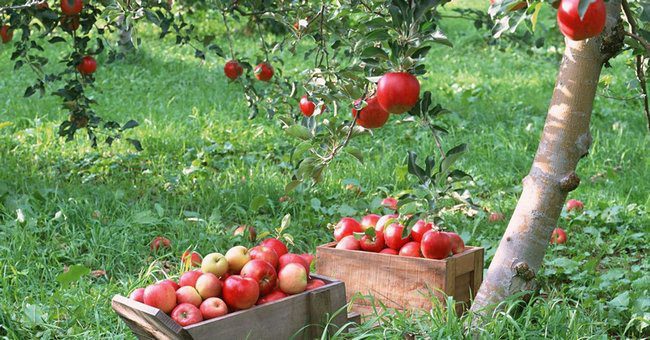

What is the best way to spray fruit trees in the spring?
In the spring, trees need to be sanitized. This is a must for every gardener who cares about his garden, and one of the guarantors of a decent autumn harvest. Spring treatment, which also involves spraying fruit plants with urea, is an opportunity to successfully combat their diseases, prevent the influence of parasites.
To perform the procedure, you must decide on the most suitable drugs. You can give preference to means of biological, chemical, combined action.
Each of the drugs has some features, namely:
- Chemicals are distinguished by good solubility in water and a minimal disintegration period, which lasts only 2-3 weeks.
- Biological products are distinguished by the fact that they are made from microorganisms that allow the most effective destruction of pests.
- Combined funds - drugs that consist of both biological and chemical components. As a result, it is possible to fight not one, but immediately with a group of parasites.This is the main advantage of the means of this group, since it is possible to prevent the likelihood of repeated processing of plants.
Early gardening in most cases is carried out with chemicals. The main reason is the absence of leaves and blossoming buds on fruit crops. With the help of chemical compositions, it is possible to immediately destroy the larvae of pests. By the way, it is useful to process not only the plants themselves, but also the soil around them.
A huge number of chemical preparations are known that differ in the main active ingredient, cost and individual features of action. Urea and copper sulfate are among the most effective and affordable.
There are a number of advantages of using urea:
- Versatility. The tool can be used regardless of the conditions or type of soil (for greenhouse and outdoor conditions, the application is the same).
- The effect begins to manifest itself almost instantly and lasts for a long time if everything is done correctly.
- At any time of the year, the product is safe to use, but you need to act exactly in accordance with the recommendations of specialists.
- There is a slight slowdown in plant growth, which is good for them, since it protects the ovary from frost and other sudden changes in weather conditions.
- It is possible to achieve an increase in yield, provided that the processing rules are followed.
Of course, there are some disadvantages as well. Firstly, you cannot use urea together with lime, chalk and nitrogen composition. Secondly, there is a limitation on the introduction of urea into the soil due to its rapid weathering.
You may be interested in: Mustard as a vegetable garden fertilizer
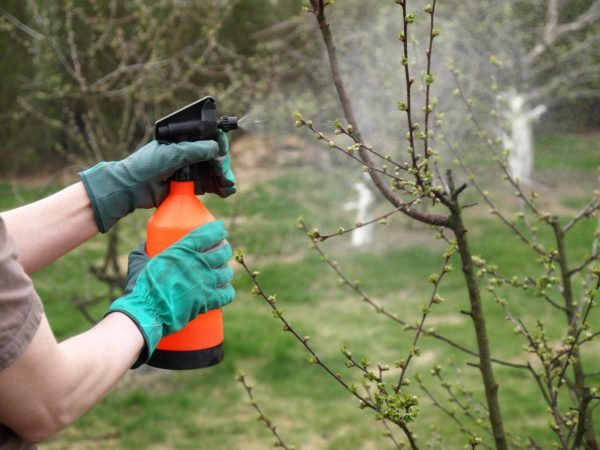

Urea solution for spraying trees: application
All sources give two doses for spring spraying:
- 30-50 g of urea per 10 liters of water (for foliar feeding),
- 500-800 g of urea per 10 liters of water (for disease prevention).
But indeed, to treat trees in early spring BEFORE the buds swell (and this is the end of March - April), a solution of increased concentration is used. Most often, they take 700 g of urea and dissolve in 10 liters of water. You can additionally add 50 g of copper sulfate to the solution - it will increase its effectiveness.
So when to spray:
- In late March - April, on bare branches and dormant buds.
If you are a beginner gardener, please note:
- Urea can be sold in garden stores under the name urea. Both options are actively used in speech.
Urea solution for spraying trees
- We heat about 1.5 - 2 liters of water. The components dissolve much better in warm water;
- In the same warm water we dilute 350-500 grams of ferrous sulfate;
- In the same warm water (with iron vitriol) we dilute 10 grams of citric acid or 20-30 grams of dishwashing liquid. Citric acid is needed so that ferrous sulfate does not oxidize to ferric iron and does not lose its fungicidal properties. If citric acid is not added, the protective effect of ferrous sulfate will cease within a week;
- Pour half a kilogram - eight hundred grams of urea into a separate bucket and dilute it in 7-8 liters of water. The later we process in the fall, the more concentrated the solution can be. I pour a kilogram of urea on a 13 liter sprayer, there have never been any problems. Stir;
- We combine all the components, add water if necessary, so that the total volume is 10 liters.
Preparing the garden for spraying
When it gets warmer and the average daily air temperature becomes over 5 degrees, preventive procedures can be started.
- Step 1 Get rid of dry twigs.
- Step 2 remove the dry bark and clean out the trunk.
- Step 3 lubricate the cuts.
- Step 4 dispose of old foliage.
Treat cuts and stripping areas with garden putty.Spray the rest of the area with 5% working solution in dry and calm weather, so that it has time to penetrate well into the tissues of trees and does not evaporate ahead of time.
Fertilizing fruit trees with urea
The moment for processing the garden is chosen as follows. If you spot ants in the root holes, expect aphids to appear soon. The moment of truth is coming, because this pest can not only deprive you of your harvest, but also destroy the tree altogether. Time to get started:
Prepare the plants as described earlier (digging the ground, cleaning the bark from damage and insects, whitewashing the trunk and skeletal branches).
For spraying trees, choose a sunny, windless day. If it's very warm, work early in the morning or in the evening after sunset. If, after spraying the trees, precipitation has occurred, re-treatment is required.
Spraying trees and mixing the solution should only be done with protective clothing, gloves and goggles. Use a long-lance knapsack sprayer for tall trees.
We recommend using a complex mixture - carbamide (700 g) with copper sulfate (50 g) and water (10 l). This will both fertilize the soil and remove pests;
There is no need to save money, it does not harm the plantings.
Secondary treatment is recommended for the flowers, the third for the ovaries.
During fruiting, feed the plants with an aqueous solution along the roots. Apple trees - at the rate of 230 - 250 g of urea per 10 liters of water, plums and cherries - 120 ... 150 g. You can add urea dry at the root, then water the tree abundantly.
With the simultaneous introduction of organic matter (manure), reduce the urea rate by 1/3 or even half.
We advise you to read these articles:
Hardening seeds before planting seedlings
Treatment of shrubs with boiling water in early spring
Seed treatment with potassium permanganate before sowing
Elimination of pests
The processing of apple trees and other fruit trees in the fall is carried out according to the calculation indicated earlier (0.5 kg of substance per 10 liters of water). If there are a lot of insects, you need to calculate how much solution is needed to process 10 m2 of the garden. Usually, this is 2.5-3 liters of substance. This amount is enough for the prevention and destruction of pests that remained in the ground after the summer.
Spraying the garden with urea helps to eliminate the following diseases:
- all types of spotting;
- scab;
- monilial burns.
The solution is diluted in the same concentration that is used for insect control. The composition is watered on the leaves of trees and shrubs. In sprayed foliage, fungal spores die quickly.
Important!
When the leaves fall, they also need to be sprayed with a solution. Pathogens may remain in them.
Helpful spraying tips
- Be careful and careful when handling chemicals and fertilizers. Spraying use in protective equipment (goggles, suit, gloves, boots, respirator).
- Do not spray trees in early fall.
- An undesirable procedure would be spraying before or during rain. This will greatly reduce the beneficial effects of the drug.
- Be attentive and watch the development of plants during the season. This will help determine the effectiveness of the drug used and the type of pest and disease control.
How to prepare the product
One of the most effective preventive and therapeutic spraying agents is Bordeaux liquid (3% for autumn), for the preparation of which you will need 2 plastic or enameled containers. In the first, 300 grams of copper sulfate are poured, 2 liters of hot water are poured, mixed, diluted with cold water to a volume of 5 liters. In the second pot, 400 grams of quicklime is diluted with 5 liters of cold water, then a solution of lime is poured into the copper mixture in a thin stream.
You can check the concentration of the mixture with litmus paper or iron dipped in the resulting composition.A red bloom indicates an excessive presence of copper, which can burn the shrub. Therefore, a lime solution is additionally poured.
A solution of urea is good at eliminating aphids and other pests. For its preparation, 600-700 grams of urea, 50 grams of copper sulfate, 10 liters of warm water are mixed.
Treatment with karbofos cures fungus, aphids, gall midges, moths. 60 grams of the product is diluted with 8 liters of water. No more than 1.5 liters of liquid is used per bush, you can spray it again after a month from the previous approach.
A solution of potassium permanganate (potassium permanganate) is used against bacteria, fungus. To prepare the mixture, approximately 1-2 grams of the product are taken per 10 liters of water.
How to process currants in autumn
With insufficient care, bad weather conditions, and other external factors, the shrub is attacked by pests (tick, aphid, gall midge, moth), and also becomes infected with viral, fungal diseases (rust, powdery mildew, terry, spotting). Some of them are incurable or very difficult to eliminate, even lead to the death of the plant.
The most reliable way to protect plants is preventive maintenance throughout the year. If infection has occurred, in addition to manual removal of damaged areas, it is advised to spray the bushes:
- Bordeaux mixture;
- urea;
- karbofos;
- colloidal sulfur;
- phosphamide;
- biological products.
If the infection occurred during the flowering, fruiting period, then for the sake of safety, natural remedies are initially used (salt, soda, garlic solutions, mullein). After harvesting, the foliage is removed from the black berry bushes (the red one should shed the leaves itself), the old, affected stems are removed, and the treatment is carried out with potent drugs. This is necessary to eliminate fungal spores, larvae from the bush, soil.
Urea use in the fall
Urea or urea is a synthesis product of ammonia and carbon dioxide. It is produced in the form of small granular solid crystals of white color. The nitrogen contained in this fertilizer is essential for the normal development and growth of plants. Deficiency of this chemical element leads to a deterioration in the appearance of trees and a decrease in yield.
Autumn weather is characterized by an increase in humidity and a decrease in temperature indicators. It is these climatic conditions that are favorable for the development of infections and various diseases of fruit trees. By using urea treatment, such negative effects can be avoided.


Apple trees, cherries, pears, apricots and sweet cherries need to be sprayed not only in case of obvious parasite infestation, but also for prophylaxis. Such procedures provide trees with strength, health, intense flowering and a high probability of fruit set.
Treatment of plants prevents the development of the following diseases:
- scab;
- putrefactive processes;
- spotting;
- reproduction of parasites;
- fungal infections.
Urea effectively fights the listed pathologies, improves the condition of plants, and increases yields.
The benefits of autumn currant processing
The period after harvest, correct autumn processing, preparation for winter are very important for currant bushes of all types, their health, and the effectiveness of the bush indicators. The plant has spent a lot of energy during the fertile season, it requires their restoration.
The benefits of autumn processing are:
- recovery, rejuvenation of the bush;
- improving the supporting functions of the plant;
- cure for pests, diseases;
- increasing resistance to frost;
- an increase in the quantitative, qualitative norms of the future harvest.
Working with shrubs in the fall consists in cutting off excess or infected branches, feeding, loosening the soil, removing foliage and branches from the site.One of the most important parts of the process is the treatment of branches, nearby soil with organic, mineral, and other preparations by spraying.
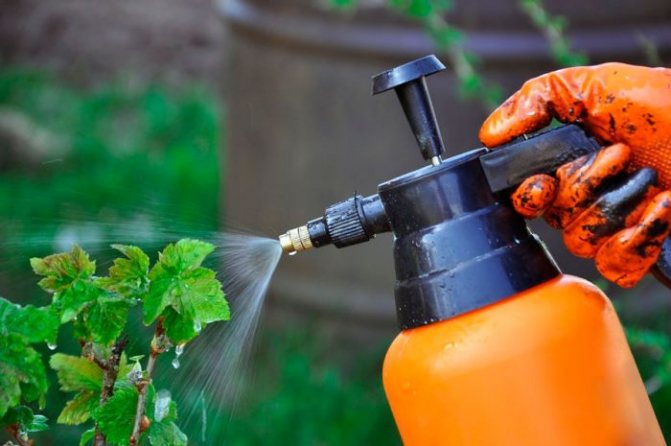

The introduction of additional funds into the process of caring for a bush is carried out with the aim of strengthening the plant in autumn, preventing diseases. In addition, if a black or red berry (also gooseberry) has been attacked by insects, has been exposed to any diseases, it should be sprayed to eliminate these factors.
Benefits and harm to plants
Urea is a nitrogen fertilizer that is quickly absorbed and benefits plants. A number of positive factors can be distinguished from the use of such a substance.
- It is well absorbed by cultures.
Both in the form of a solution and as a granule for feeding, urea is quickly and well absorbed by crops. It has an especially good effect on species that are sensitive to high pH values in the soil.
- No burns after application.
When using saltpeter as a spray, it can cause a chemical burn to the stems and leaves. Urea does not cause such consequences.
- Fast results.

